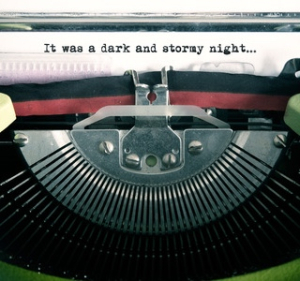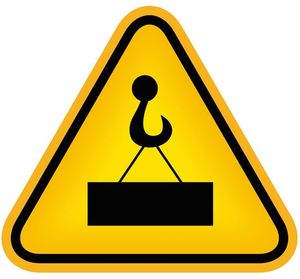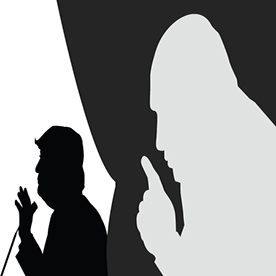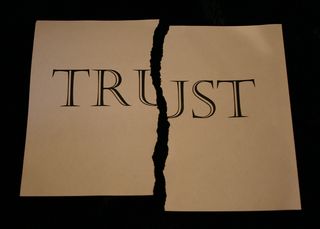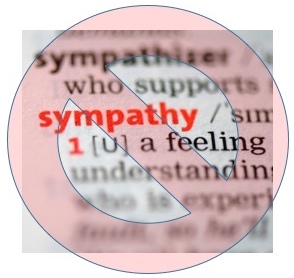By Dr. Ken Broda Bahm:

Your opening statement is a lot of firsts. It’s the first opportunity for your judge or jury to hear the story; the first opportunity to hear a preview of your evidence and argument; the first opportunity to see you on your feet as an advocate for a sustained period of time. It is also your first chance to lay out your story and your expected proof in a way that is prepared and largely controlled. It is also your first chance to really look into the eyes of your fact finders and, if not argue, definitely persuade. For all of those reasons, a good advocate makes the most of that opportunity by preparing fully and making an effective first impression. I have written frequently on opening statement. Here are the top posts.
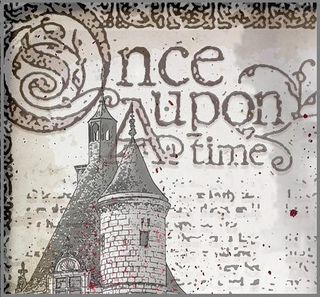 It is now a truism that effective opening statements tell a story. Now that it is, once again, Blagojevic trial season in Chicago, prosecutors are telling a story of a desperate politician’s attempt to wring personal fortune out of political opportunity, as the defense waits to tell a competing story of an overzealous prosecutor’s efforts to paint simple ineptitude as high crimes. For litigators, it remains true that the narrative structure is, to borrow and clean up a phrase, “freakin’ golden,” but at the same time, the advice needs to go beyond, “tell a story.” It can seem like simple advice. After all, we know stories in our daily lives, and we know that they all have a setting, characters, conflict, sequence, and a lesson at the end. But the simplicity of
It is now a truism that effective opening statements tell a story. Now that it is, once again, Blagojevic trial season in Chicago, prosecutors are telling a story of a desperate politician’s attempt to wring personal fortune out of political opportunity, as the defense waits to tell a competing story of an overzealous prosecutor’s efforts to paint simple ineptitude as high crimes. For litigators, it remains true that the narrative structure is, to borrow and clean up a phrase, “freakin’ golden,” but at the same time, the advice needs to go beyond, “tell a story.” It can seem like simple advice. After all, we know stories in our daily lives, and we know that they all have a setting, characters, conflict, sequence, and a lesson at the end. But the simplicity of
(Read More)
2. Chunk Your Trial Message
Give me the bite-sized version, break it down into pieces, and tell it to me step-by-step. The brain loves to segment, and the process known as “chunking” seems to be a central part of how we recognize patterns, manage information, and form new insights. A recent perspective on the process is articulated by Cambridge neuroscientist Daniel Bor in his book, The Ravenous Brain (2012). According to Dr. Bor, this ability to chunk is a key feature — perhaps the key feature — in human consciousness. “The process of combining more primitive pieces of information to create something more meaningful,” he writes, “is a crucial aspect both of learning and of consciousness and is one of the defining features of human experience.” The book covers a broad sweep, and it is likely that I’ll be mining it for future posts. But one of the clearest implications of Bor’s thesis is that practical persuaders need to adapt to the brain’s preference
(Read More)
3. No Blank Slate (Part 1): In Opening, Treat Your Jurors as Motivated Reasoners
The Plaintiff’s opening statement in the medical malpractice trial began predictably: This is a case about “incompetence,” and “arrogance,” and “dangerous decisions,” jurors heard. But rather than fostering even an initial leaning against the doctor, this message brought about a defensive response. Jurors were left feeling that all their stereotypes about medical lawsuits and plaintiff attorneys were confirmed, and as they listened, they generated responses, reasoning that “doctors are only human,” “medicine is still an art, not a science,” and “even the best efforts don’t guarantee good outcomes.” What led to the defensive response to the Plaintiff’s opening? The
(Read More)
4. Right Out of the Blocks: Make the First Few Minutes Count
The jurors lean forward in their seats a bit as they have their first chance to hear about the case in opening statement. The attorney steps to the lectern, looks directly at the panel, pauses, raises his hand for emphasis and…reintroduces himself and everyone sitting at counsel table. “You’ve already met me, my name is…and I represent….” Then, once the introductions are out of the way, he proceeds straight into the remarks he always uses to congratulate the jurors and say, “Thank you for your service,” and also share a few quotations: “Jurors are really important for a democracy.” With that step accomplished, it is time to hear about what an opening statement is and isn’t: “It isn’t evidence, it is the picture on the top of the puzzle box,” and so on. At this point, nearly ten minutes into the attorney’s time, the jury has noticeably changed. No longer on the edges of their seats, they’ve become accustomed to the realization that an opening statement is neither as exciting or concise as
(Read More)
5. The Right Introduction: Learn from Fiction
The cliché words, “It was a dark and stormy night,” come from the opening sentence of the novel Paul Clifford by Edward George Bulwer-Lytton. And when you read the full sentence it comes from, you get a better idea of why it has come to be the quintessential example of a bad opening: “It was a dark and stormy night; the rain fell in torrents — except at occasional intervals, when it was checked by a violent gust of wind which swept up the streets (for it is in London that our scene lies), rattling along the housetops, and fiercely agitating the scanty flame of the lamps that struggled against the darkness.” So, it’s the kind of first line that says to the reader, “Stop now,” so much so that it inspired a yearly contest for worst opening lines, “The Bulwer-Lytton Fiction Contest,” and if you ever have a few minutes to spare, it
(Read More)
6. Make Your Jurors “Structure Builders”
My 8-year-0ld daughter is currently obsessed with a game called “Minecraft.” She is using increasing portions of her precious screen time to sign into her “worlds” in order to build and develop elaborate houses and other buildings. As I understand it, the point isn’t to rack up a high score or to “win” anything, it is just to transform a landscape by constructing things. As she describes it, the game seems to appeal to a basic cognitive need: The need to structure. What the game promotes is similar to what the brain wants to do with any new information. The brain’s preference for order suggests that learning something is not based on acquiring new facts in a simple list-like fashion, but in coming up with a system for categorizing those facts. More important than the data, are the “drawers” we keep that data in. As we
(Read More)
7. Make Your Opening (Sort of) Like a Closing: A Review of Representative Schiff’s Russia-Election Hearing Introduction
Well, it has been yet another fascinating week for people like me who are interested in political communication. This week, Congress kicked off hearings dealing with some explosive charges regarding a foreign country’s influence on our election, and possible coordination with a political campaign. On Monday, Adam B. Schiff, who represents California’s 28th Congressional District in the U.S. House of Representatives and is a ranking member of the House Permanent Select Committee on Intelligence, provided a compelling introduction when opening the hearings looking at contacts between President Trump’s campaign and Russian officials. As I watched his remarks (video is available here, and a full transcript is here), it reminded me of a good opening statement in trial. Of course, there is an important difference between an
(Read More)
8. Take a Lesson from the Conrad Murray Defense: Don’t Make Promises in Opening that You Can’t Keep
It is generally a mistake to change strategies in the middle of trial. Dr. Conrad Murray, the personal physician hired to care for Michael Jackson during the rehearsals for his comeback tour, is now in trial on involuntary manslaughter charges in the entertainer’s death, based on his administration of Propofol, a drug usually administered only in hospital settings. Over the course of more than a year leading up to the trial, the theory the defense touted in the press has been that the singer, unable to sleep, dosed himself with the powerful sedative by drinking it in a glass of juice. In telling the jury the same story in opening statement, defense attorney Edward Chernoff said, “When Doctor Murray left he room, Michael Jackson self-administered a dose of Propofol that, with the lorazepam created a perfect storm in his body that killed him instantly.” But the appearance, at least, is that this theory is
(Read More)
9. Stop Introducing Your Defense Case By Asking Jurors to Set Aside Sympathy
It is easy to imagine what you are likely to hear in the first few moments of the defense opening when the case involves a serious injury or death: Ladies and gentlemen of the jury, everyone here knows the pain and loss that Ms. Smith has experienced. It is a tragedy and it is only human for us to feel some sympathy when we hear her story. But your decision in this case needs to be based on the evidence and the law, not on emotion. So I need to ask you to set aside any feelings of sympathy you may have for Ms. Smith as you hear our side of the case.
That is a cliché, but the general request is a pretty common way for defendants to begin. Even as it feels a little trite, defense attorneys usually believe they need to do it. On the heels of the plaintiff’s emotional opening, it is understandable that
(Read More)
Other ‘Tops Posts’ Posts:
- Prepare for your Post-Fact Jury: Top Posts
- Expand Your Expert Witness Expertise: Top 10 Posts
- Top Reptile (& Related) Posts



